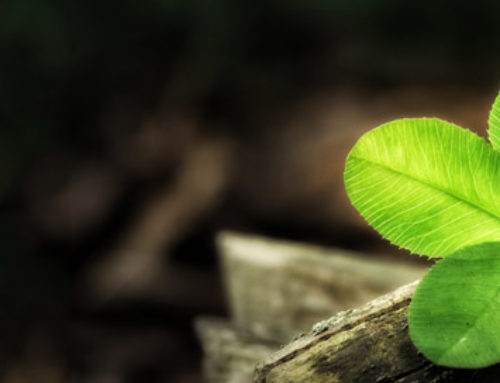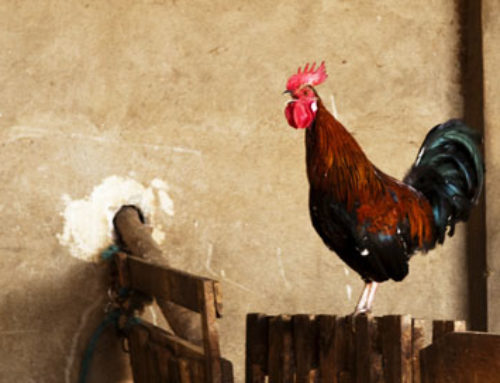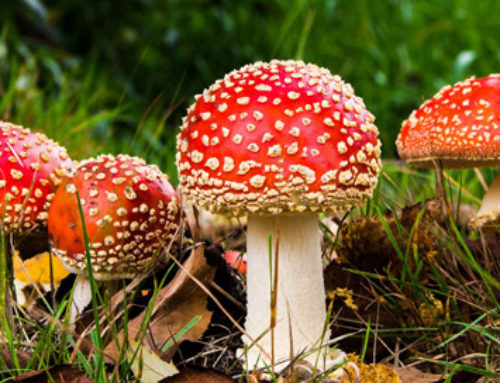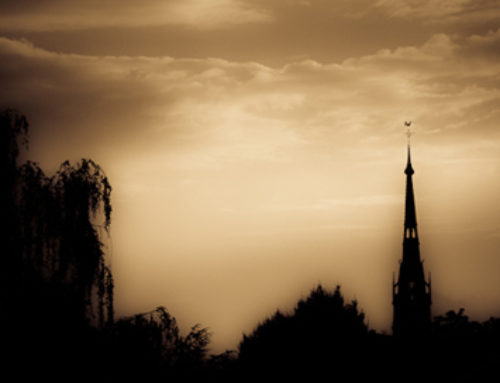 “We believe that we invent symbols. The truth is that they invent us; we are their creatures, shaped by their hard, defining edges.”
“We believe that we invent symbols. The truth is that they invent us; we are their creatures, shaped by their hard, defining edges.”
― Gene Wolfe, Shadow & Claw
I intended to write a quick piece on the pentacle, when it became a symbol of magic and what it represented. I believed a pentacle was a pentagram, a five-pointed star, circumscribed in a circle, a single-point up version representing good magic while the inverted meant evil magic. I knew that Wiccans had adopted the point-up pentagram in a circle as a symbol of their faith, like the cross for Christianity or David’s star for Judaism.1 I also believed these were long standing symbols whose meanings had remained unchanged for time immemorial. Instead my research quickly turned into a quagmire of confusingly similar-sounding terms with meanings that changed depending on the author. Turns out there are pentacles, pentagrams, pentangles, pentalphas, and pentagerons. I discovered that the use of the word pentacle as a pentagram is a modern conflation of the terms. I also found that the meaning of this symbol has changed drastically through history.
 The first noted usage of the word pentacle in the English language was in 1547. This was nearly fifty years before the first recorded usage of the word pentagram. Pentagram comes from the Greek penta– meaning five and –gram meaning lines drawn. It is defined as a five-pointed star, just like a hexagram is a six-pointed star and an octagram is an eight-pointed star. The pentagram’s origin is a mathematical term used to describe a shape. The word pentacle has always had a tie to the mystical. It comes from Middle French pentacol, pend– meaning to hang, –a– meaning to, and –col meaning neck. It was a talisman or amulet hung around the neck. Often these talismans were inscribed with symbols, sometimes referred to as seals. One of these seals could be a pentagram, but a pentagram was not the only seal that could be inscribed. Later these talismans came to be called pentacles outside of neckwear.
The first noted usage of the word pentacle in the English language was in 1547. This was nearly fifty years before the first recorded usage of the word pentagram. Pentagram comes from the Greek penta– meaning five and –gram meaning lines drawn. It is defined as a five-pointed star, just like a hexagram is a six-pointed star and an octagram is an eight-pointed star. The pentagram’s origin is a mathematical term used to describe a shape. The word pentacle has always had a tie to the mystical. It comes from Middle French pentacol, pend– meaning to hang, –a– meaning to, and –col meaning neck. It was a talisman or amulet hung around the neck. Often these talismans were inscribed with symbols, sometimes referred to as seals. One of these seals could be a pentagram, but a pentagram was not the only seal that could be inscribed. Later these talismans came to be called pentacles outside of neckwear.
The first known use of a five-pointed star was found on a shard of pottery dating back to the first Dynasty of Ur (ca. 26th century BC) in ancient Mesopotamia. This date is often listed as the first use of a pentacle, but that could be misleading. It was a pentagram and simply a logograph, which is a symbol used to represent an idea like the feather or hawk in Egyptian hieroglyphics. The translation of the pentagram in this language was believed to mean nook or corner, a far cry from the mystical symbol it represents today.
 Given the significance of the number five to humans,2 the five-pointed star quickly developed meanings beyond the nooks and crannies of its beginnings. In the 6th century BC the Pythagoreans used it as a greeting symbol translated as ύγιεία (hugeieia) meaning health.3 In the 13th century AD it was a common representation of the five wounds of Christ and adorned many Christian cathedrals of that time. The pentagram’s occult symbolism solidified in the mid 1400’s to 1500’s due to occult Renaissance writers.
Given the significance of the number five to humans,2 the five-pointed star quickly developed meanings beyond the nooks and crannies of its beginnings. In the 6th century BC the Pythagoreans used it as a greeting symbol translated as ύγιεία (hugeieia) meaning health.3 In the 13th century AD it was a common representation of the five wounds of Christ and adorned many Christian cathedrals of that time. The pentagram’s occult symbolism solidified in the mid 1400’s to 1500’s due to occult Renaissance writers.
During the height of occult Renaissance literature several terms were used to describe the five-pointed star used in arcane arts. The pentagram was used predominantly as a descriptor of the shape of the star itself and not as a name of the symbol used in occult practices. A pentagram’s sides could be of any length. If it was a regular pentagram, having equal-length sides, the term pentalpha was sometimes used. Pentalpha described the five overlapping A’s or alphas in a regular pentagram. It was most frequently used to describe shape and is synonymous with pentagram.
The pentangle is the name of the symbol that is shaped like a pentagram. Book three of the De Occulta Philosophia Libri Tres (Three Books Concerning Occult Philosophy 1533) by Heinrich Cornelius Agrippa reported that the pentangle was revealed to Antiochus with the letters ύγιεία (hugeieia) around it, referring to the 6th century Pythagorean symbol. The letters of hugeieia were attributed to the five elements (air, earth, water, heat, and idea); each element’s term starting with one the letters from hugeieia. This association between the pentagram and the elements has continued to present day. Some Wiccan beliefs attribute the five points of a pentagram to represent air, earth, water, fire, and spirit. Though used in numerous occult writings the pentangle is most commonly known from the literary classic Sir Gawain and the Green Knight, where it symbolizes Christian ideals of virtue, the five wounds of Christ, and the five joys of Mary. The author linked the pentangle with the Seal of Solomon, a ring that God gave Solomon to control demons. The pentageron, like the pentangle, is a term that represents the symbol used in the occult. It is found in Robert Greene’s Honourable History of Friar Bacon and Friar Bungay, where it was a symbol used to bend demons to a holy man’s will, similar to the Seal of Solomon.
Finally, the pentacle in Renaissance literature had a far broader definition and could represent a number of symbols. The pentagram was considered one of the most powerful and universal of these symbols. Eliphas Levi’s Dogme et Rituel de la Haute Magie (1854) established pentagram-shaped pentacles as a power for good or evil depending on orientation. The inverted pentagram symbolizes the horns of the Sabbatic Goat and the devil. After these publications grew in popularity Christian faiths ceased utilizing the pentagram as a symbol. This clear divide can be seen in the cathedrals of the Church of Latter Day Saints built before and after Eliphas Levi’s publication.
Over time pentalpha, pentangle, and pentageron fell from common use leaving only pentagram and pentacle to fill the meaning of the shape and the symbol. The similarities of these words’ first syllable and the view of both the pentagram and the pentacle as occult symbols allowed their meanings to slowly merge over time. Now when you look up pentacle in the dictionary its first definition is a pentagram.
 The Wiccan faith still distinguishes the pentagram and pentacle, the pentagram being a star and the pentacle being a star encased in a circle. The pentagram is used as a symbol of several faiths including the Bahai, Serer, and Druze faiths. The pentacle consisting of a pentagram and circle is the symbol of the Wiccan faith and is utilized as a powerful symbol in the Feri faith as well. In 1966, while founding the Church of Satan, Anton Levay chose the inverted pentagram, representing the Sabbatic Goat, as a symbol for his church. The meaning of the pentagram and pentacle in these different faiths is not universal.
The Wiccan faith still distinguishes the pentagram and pentacle, the pentagram being a star and the pentacle being a star encased in a circle. The pentagram is used as a symbol of several faiths including the Bahai, Serer, and Druze faiths. The pentacle consisting of a pentagram and circle is the symbol of the Wiccan faith and is utilized as a powerful symbol in the Feri faith as well. In 1966, while founding the Church of Satan, Anton Levay chose the inverted pentagram, representing the Sabbatic Goat, as a symbol for his church. The meaning of the pentagram and pentacle in these different faiths is not universal.
So those are the five sides of the pentacle, or the many sides, I guess. As I conclude this—albeit somewhat confusing—article I realize a simple but important lesson. My belief that the pentacle had an eternal, static history as a representative icon of magic was naïve. It is foolhardy to believe that a symbol’s meaning remains the same as cultures of the world change. We give meaning and power to symbols, and as our perspectives and ideals change, it is only natural that our symbols change with us.
Footnotes
1. I discovered that the Star of David became the symbol of Judaism in 1897. This is a far more recent history than I expected.↩
2. Humans generally have five fingers, five toes, and five senses.↩
3. I have no idea how a symbol can be used as a greeting. I find myself imagining a bunch of men holding out a star as they approach one another, which though amusing is probably inaccurate.↩
4. Except for a modern game that originated in Crete. It is a puzzle game where the goal is to place nine stones on the ten intersections of a pentagram.↩
Sources
Whitney, William Dwight and Benjamin Eli Smith. The Century Dictionary and Cyclopedia : a work of universal reference in all departments of knowledge with a new atlas of the world. Vol 5. Century Co. New York. 1899. pg 4379.
Agrippa, Henry Cornelius. Heinrich Cornelius Agrippa: Of Occult Philosophy, Book III (part 3), edited L. W. de Laurence
Levi, Eliphas. Transcendental Magic. translated A. E. Waite. Weiser Books. Maine. 2001.
Marlowe, Professor Christopher and Robert Greene. Tragical History of Dr. Faustus: Greene: Honourable History of Friar Bacon and Friar Bungay. edited by Rev. Alexander Dyce [1604]. CreateSpace Independent Publishing Platform. 2016.
Photo Credits
Main Image: Pentacle on Book by Jackie Finn-Irwin
Goetia Seal by Fuzzypeg
Hanover Church by DerHexer
Pentacle by OpenClipart-Vectors






Interesting research. Thanks.
This was very interesting. Thank you for sharing